Rising Incidence of Stroke Cases
The increasing prevalence of stroke cases worldwide is a primary driver for the Stroke Post Processing Software Market. According to recent statistics, stroke remains one of the leading causes of death and disability, affecting millions annually. This alarming trend necessitates advanced diagnostic tools and software solutions to enhance patient outcomes. As healthcare systems strive to manage the growing burden of stroke, the demand for effective post-processing software is likely to surge. The Stroke Post Processing Software Market is thus positioned to benefit from this rising incidence, as healthcare providers seek innovative solutions to improve diagnostic accuracy and treatment efficiency.
Technological Advancements in Imaging Techniques
Technological innovations in imaging modalities, such as MRI and CT scans, are significantly influencing the Stroke Post Processing Software Market. Enhanced imaging techniques provide clearer and more detailed images, which are crucial for accurate diagnosis and treatment planning. The integration of advanced algorithms and software tools allows for better analysis of imaging data, facilitating timely interventions. As imaging technology continues to evolve, the demand for sophisticated post-processing software that can handle complex data sets is expected to grow. This trend indicates a robust future for the Stroke Post Processing Software Market, as healthcare providers increasingly rely on cutting-edge technology to improve patient care.
Increased Investment in Healthcare Infrastructure
The ongoing investment in healthcare infrastructure is a vital driver for the Stroke Post Processing Software Market. Governments and private entities are allocating substantial resources to enhance healthcare facilities and services, particularly in stroke management. This investment often includes the acquisition of advanced diagnostic tools and software solutions. As healthcare systems expand and modernize, the need for effective stroke post-processing software becomes more pronounced. The Stroke Post Processing Software Market stands to gain from this trend, as healthcare providers seek to implement comprehensive solutions that improve patient outcomes and streamline workflows.
Regulatory Support for Advanced Medical Technologies
Regulatory bodies are increasingly supporting the development and adoption of advanced medical technologies, which is beneficial for the Stroke Post Processing Software Market. Policies aimed at promoting innovation in healthcare technology encourage the integration of sophisticated software solutions in clinical practice. This regulatory support not only facilitates the entry of new products into the market but also enhances the credibility of existing solutions. As a result, healthcare providers are more likely to adopt advanced stroke post-processing software, thereby driving growth in the Stroke Post Processing Software Market.
Growing Awareness of Stroke Prevention and Management
There is a notable increase in awareness regarding stroke prevention and management among healthcare professionals and the general public. Educational campaigns and initiatives aimed at highlighting the importance of early detection and treatment are driving demand for effective post-processing software. As awareness grows, healthcare providers are more inclined to invest in advanced tools that facilitate better diagnosis and treatment planning. This trend is likely to bolster the Stroke Post Processing Software Market, as stakeholders recognize the value of integrating innovative software solutions into their stroke management protocols.
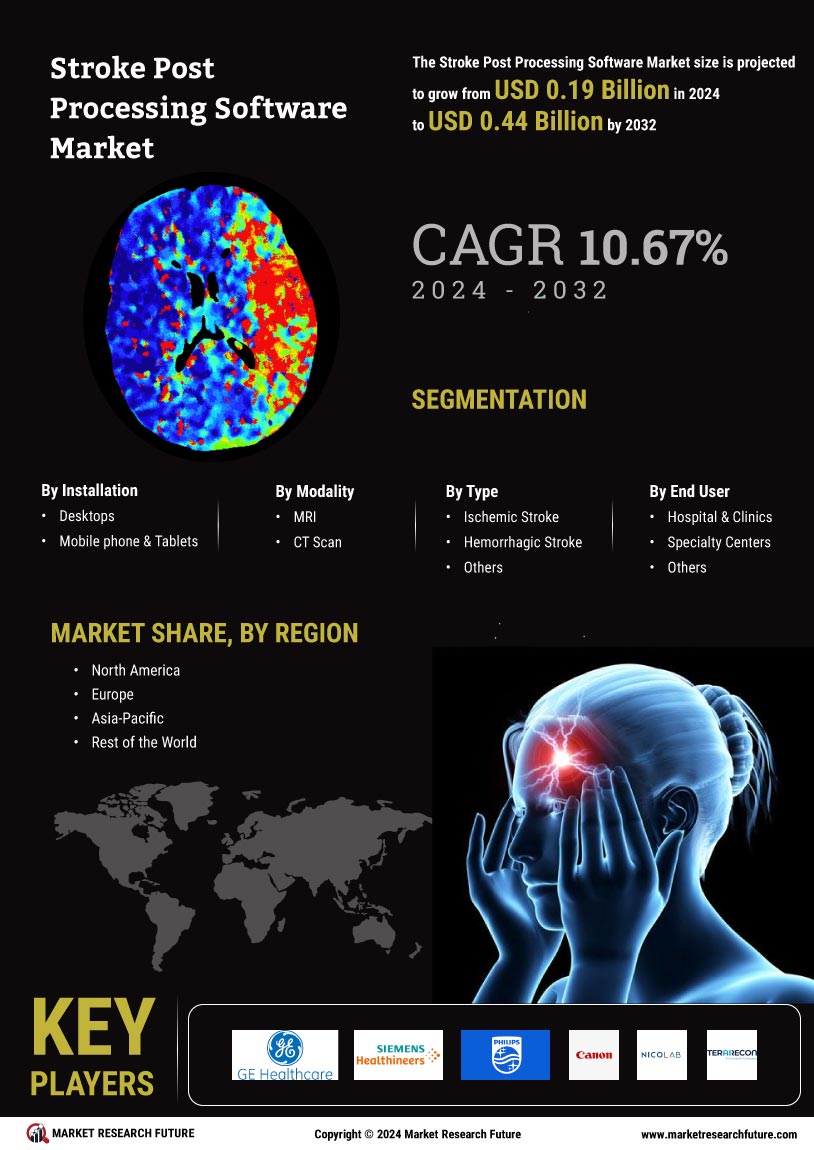

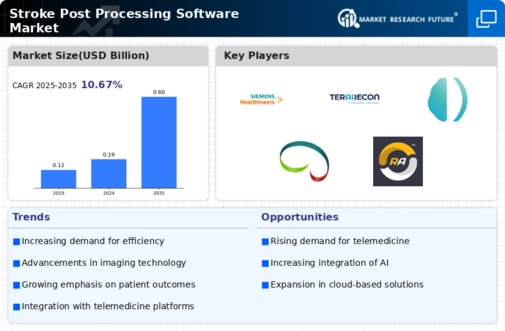
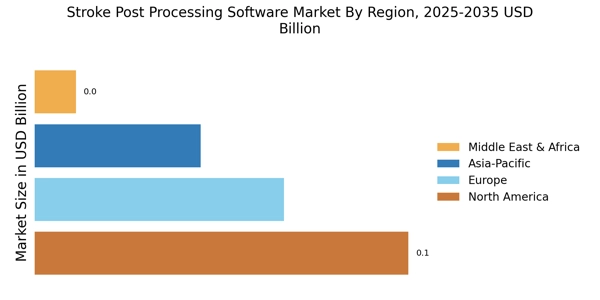
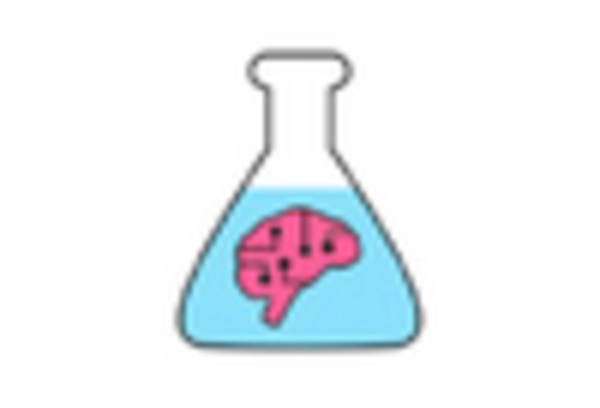
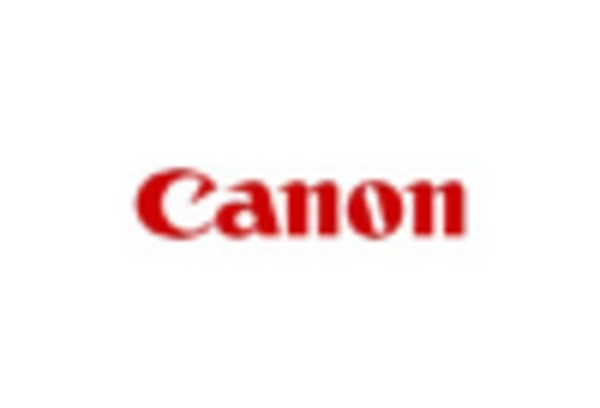


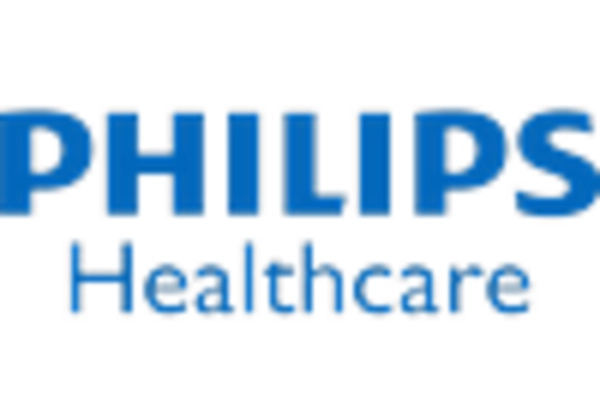
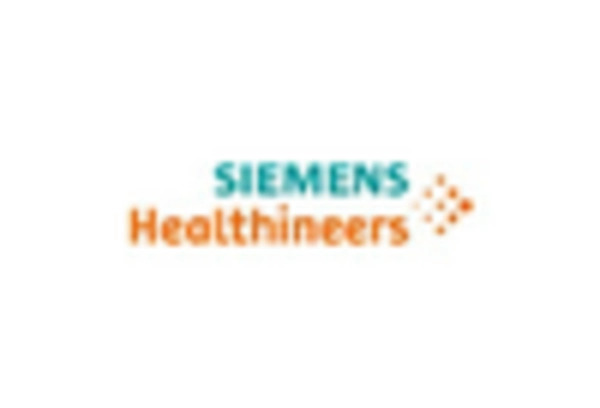








Leave a Comment